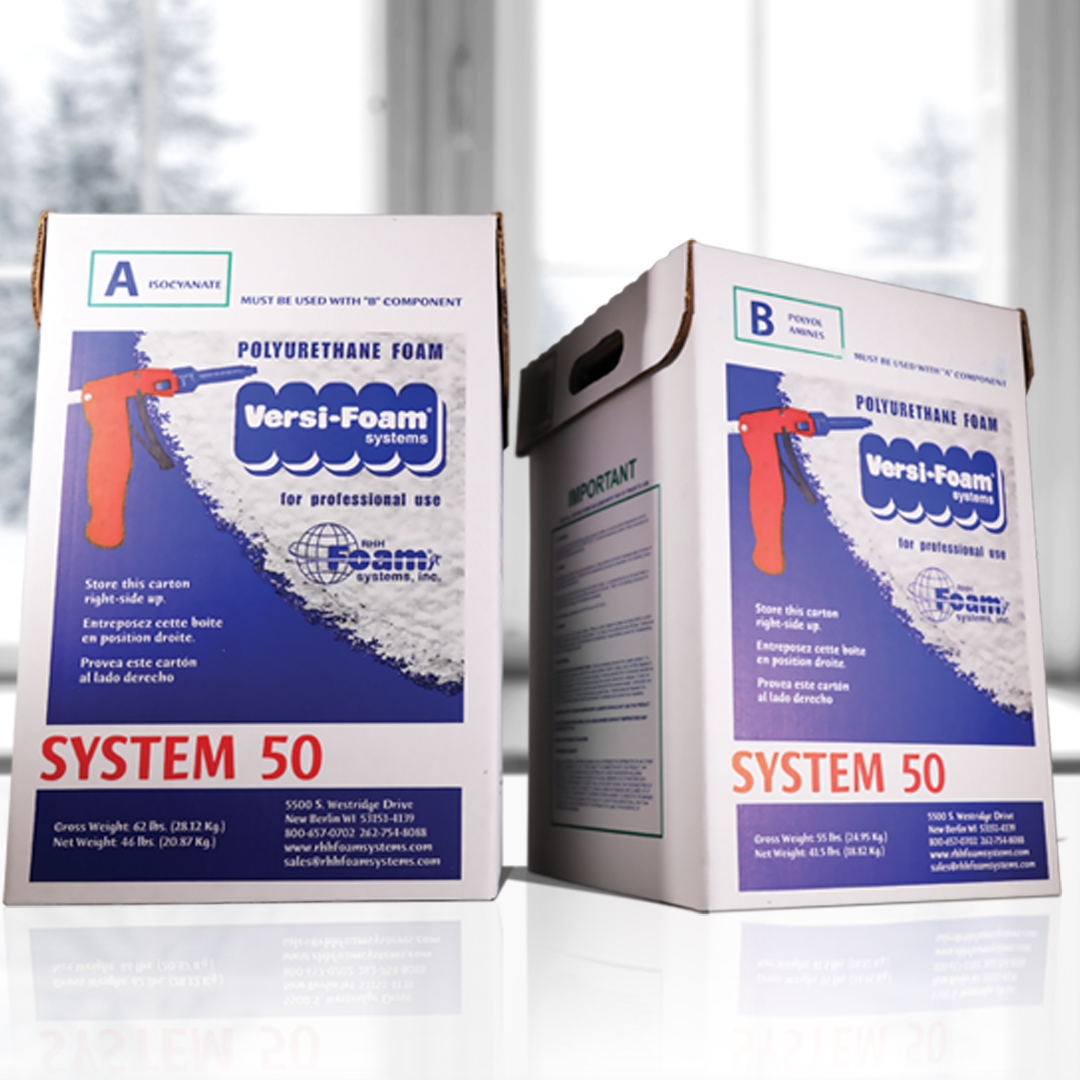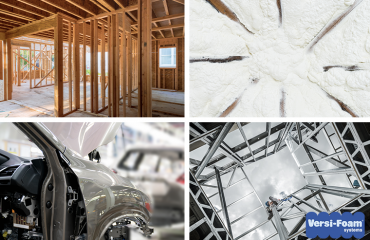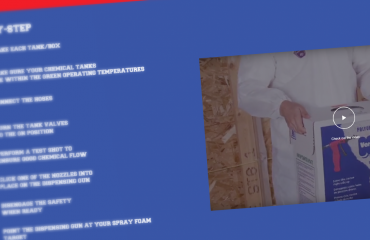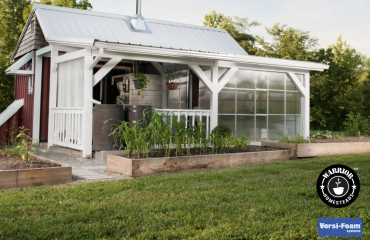Depending on where you live in the United States, winter may be right around the corner or several weeks away. The feeling of winter doesn’t depend on the actual temperature—it depends on how well you’re acclimated to a temperature range. When it hits 45 degrees in Florida in December, locals are cranking up the heat, making tea, and digging out their down jackets. In Wisconsin, we are finally starting to admit that winter is coming.
If you care about your pocketbook, when it’s time to turn on the heater, you want it to do its job quickly and efficiently. Money spent on warm air escaping into the attic or seeping out of windows is money you can’t spend on something that really matters to you. With VersiFoam® spray foam insulation, you can have the best of both worlds—insulation the pros use at a price you can afford. Keeping your welfare and warmth in mind, here is your step-by-step guide to a well-insulated winter.
The VersiFoam® Warm Winter Checklist
Doors and windows
The frames around windows and doors provide an easy way for warm air to escape out of the house and for cold air to elbow its way in. This is one of the easiest air leaks to fix and we recommend starting your inspection there. Stand close to your windows and notice if there is a temperature difference between that area and the center of the room. Move the palm of your hand around the door frame to see if air from the outside is seeping in. If it is, Versi-Tite® is our one-component sealant designed specifically for small gaps and openings. It dispenses as a caulking bead and can be used around door and window framing.
Attics
An uninsulated attic is a money pit so most attics have some type of air barrier. However, it is still worth a few minutes of your time to go up and check the quality of the insulation. If it’s been several years since the attic was insulated, the insulation material may not be the most efficient or may have deteriorated over time. While you’re up there, check for holes in the ceiling and open spaces around chimneys, exhaust fans, and plumbing installations. These can be sealed easily with one of our spray foam insulation kits. You will also need a 15-minute ignition barrier for fire protection.
Cathedral ceilings
Rooms with cathedral ceilings can be notoriously uncomfortable in winter as the warm air rises above where people spend their time. If most of that warmth escapes through the ceiling, you can run your furnace all day without noticing much difference. If you have a cathedral ceiling, check to see if the area between the roof deck and the rafter is insulated. If it’s not, once you insulate those cavities, you’ll notice the difference in the comfort level of your home.
Basements and crawl spaces
The first thing to do in your basement or crawl space is to check the area where the walls meet the foundation. Houses settle over time and cracks appear that need to be sealed. Next, examine the openings where the electrical, plumbing, and heating services enter the house. This is one of the quickest and easiest insulation jobs to perform yourself. Our video library will show you how.
HVAC systems
Check both your HVAC unit and your duct system. Even the most expertly designed system will lose heat if it’s not properly insulated. Expanding polyurethane foam is an excellent and easy way to seal space between the HVAC system and your walls, ceilings, and floors. Air infiltration and duct leakage put a large burden on your furnace. Our disposable foam kits can be used in tight spaces without outside sources of power or pressure.
VersiFoam® is an expandable foam that prevents cold air infiltration by sealing gaps and crevices air-tight. For more information about VersiFoam® residential applications, visit our website!




